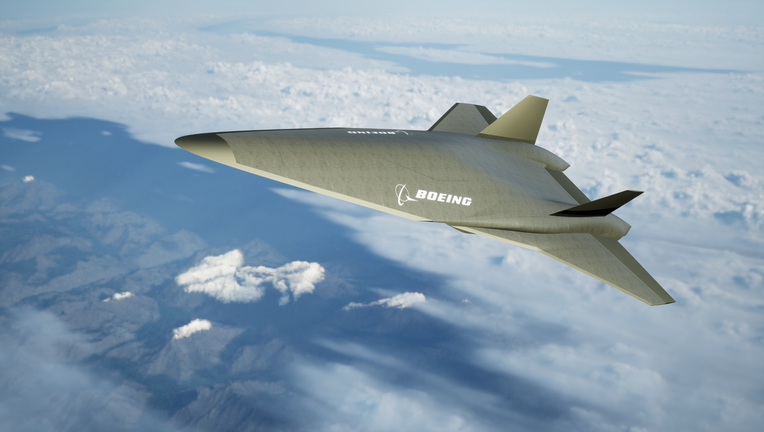You may soon be able to travel from New York to London four times faster

A flight from New York to London could possibly become four times faster based on research recently conducted by NASA.
Supersonic passenger air travel sounds like a thing of the future, but NASA has become one step closer to mapping out the possibility much sooner.
Recently, NASA conducted a business case for supersonic passenger air travel aboard aircraft that could theoretically travel between Mach 2 and Mach 4 (1,535-3,045 mph at sea level).
Today, larger airlines cruise at roughly 600 mph, or about 80% of the speed of sound.
The studies revealed that potential passenger markets exist in about 50 established routes that connect cities. Since the U.S. and other nations prohibit supersonic flight over land, the studies' findings covered transoceanic travel.
RELATED: ‘Mother nature sending a message’: NASA tracks warmest July since 1880
Those travel routes included the North Atlantic and those crossing the Pacific.
In NASA's Advanced Air Vehicles Program (AAVP) next phase of its high-speed travel research, it will issue two 12-month contracts to companies to develop concept designs and technology road maps.
NASA said the road maps will explore air travel possibilities, outline risks and challenges, and identify needed technologies to make Mach 2-plus travel a reality.
Boeing is leading the first team, with partners Exosonic, GE Aerospace, Georgia Tech Aerospace Systems Design Laboratory, Rolls-Royce North American Technologies, and others. Northrop Grumman Aeronautics Systems lead the second team, with partners Blue Ridge Research and Consulting, Boom Supersonic, and Rolls-Royce North American Technologies.
Each team will develop roadmap elements to include airframe, power, propulsion, thermal management, and composite materials that can hold up under high-supersonic speeds. They will also create non-proprietary designs for concept vehicles.
Once this phase is completed, NASA along with its industry partners will decide whether to continue the research with their own investments.

